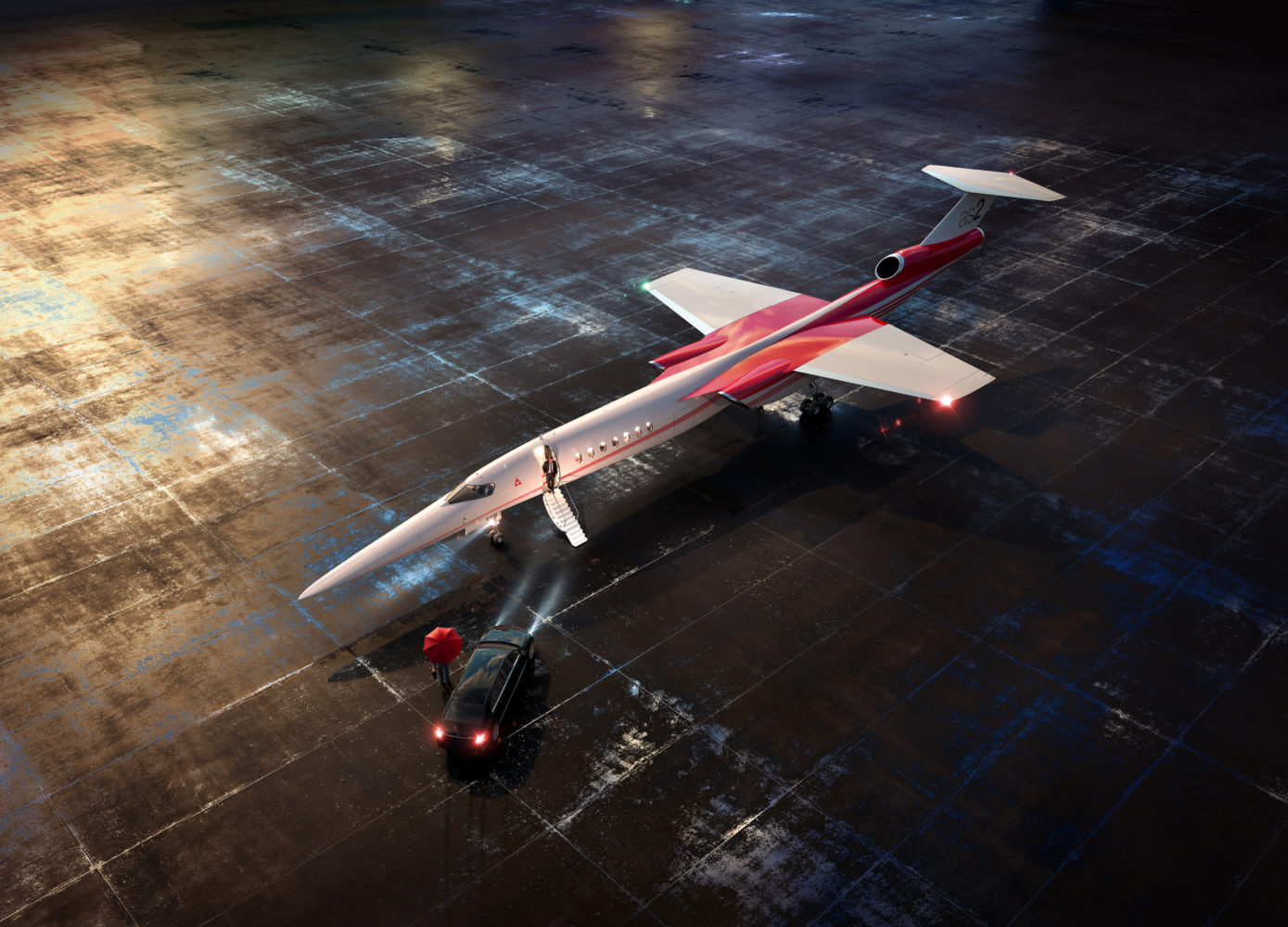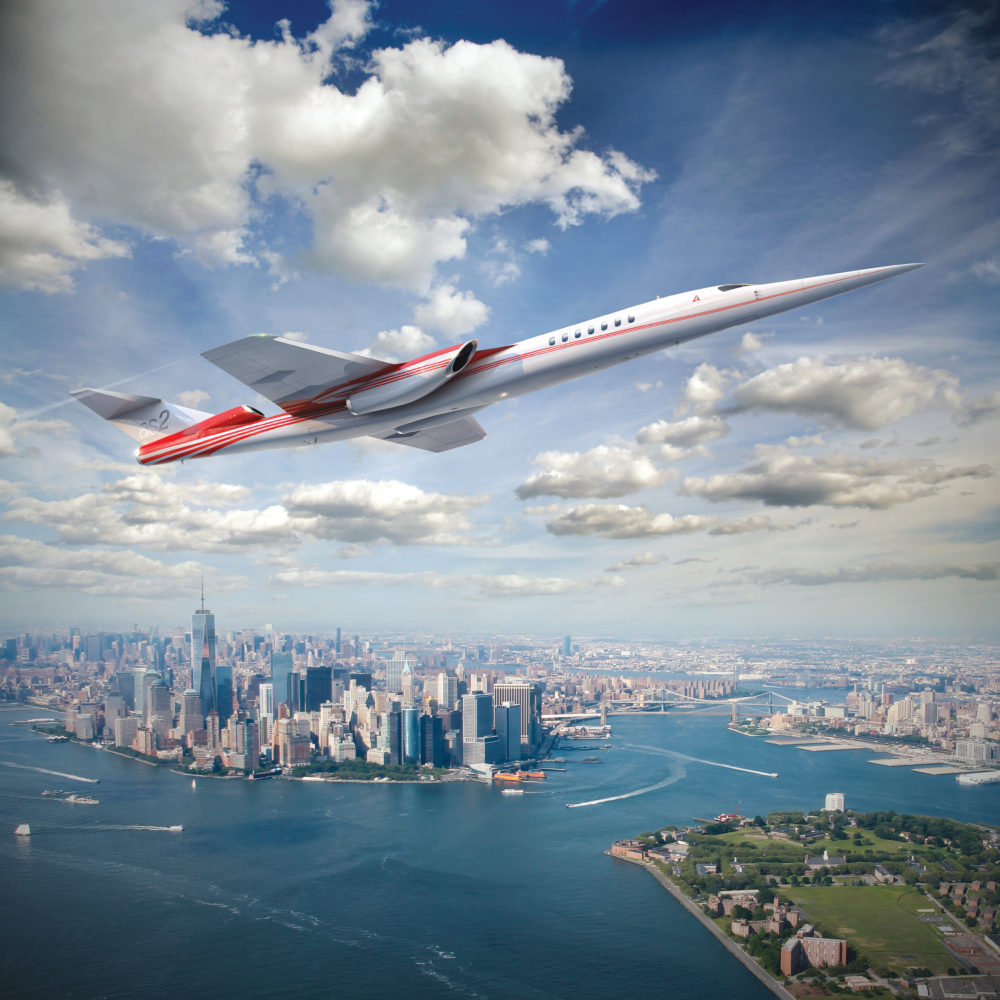Boeing and Aerion to work on supersonic travel together
Aerion, an aircraft manufacturing company based in Reno, Nevada, has signed an agreement with Boeing which will see the two companies work together to send the world’s first supersonic business jet into the skies above.
Boeing will provide financial support to the program as well as engineering, flight test and industrial resources to the Aerion AS2 supersonic business jet program. Additionally, Boeing has made a significant investment in Aerion to accelerate the technology advancements and the design stage, however no details about the investment have been disclosed by either sides.
From the beginning, Aerion has targeted an aircraft that can fly at speeds up to Mach 1.4 (roughly 1000 miles per hour) while at the same time meeting all current and upcoming environmental performance requirements. First flight is scheduled for June 2023 which is close to the 20th anniversary of the Aerospatiale/BAC Concorde retirement.
For a Concorde trip report, see this article Sam Chui wrote dating back to 2003:
Capacity wise, the aircraft will be able to propel 12 passengers at that speed and efficiency, all while featuring a state-of-the-art cockpit designed by Honeywell and a new luxurious cabin, as seen in the photos below.
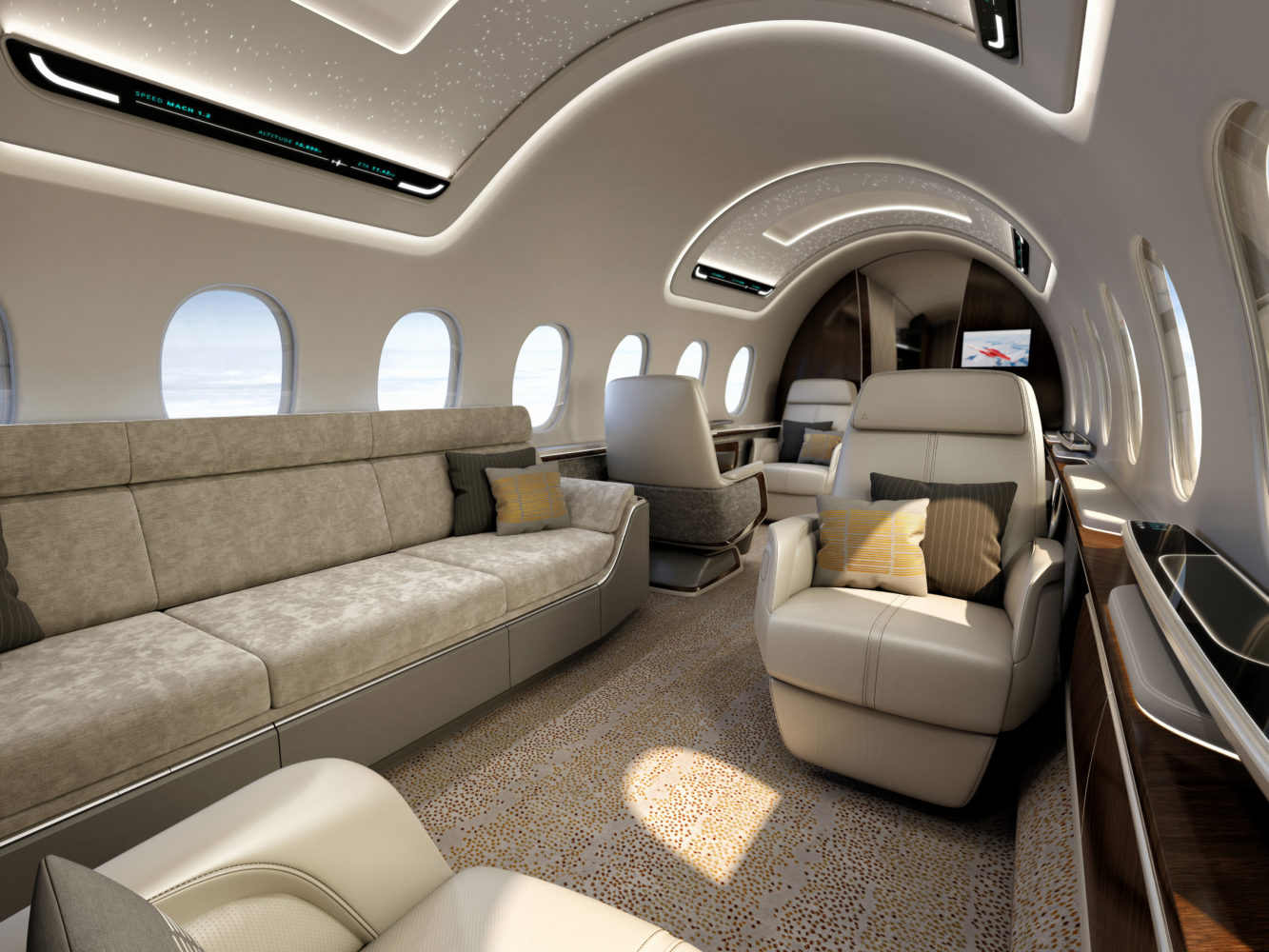
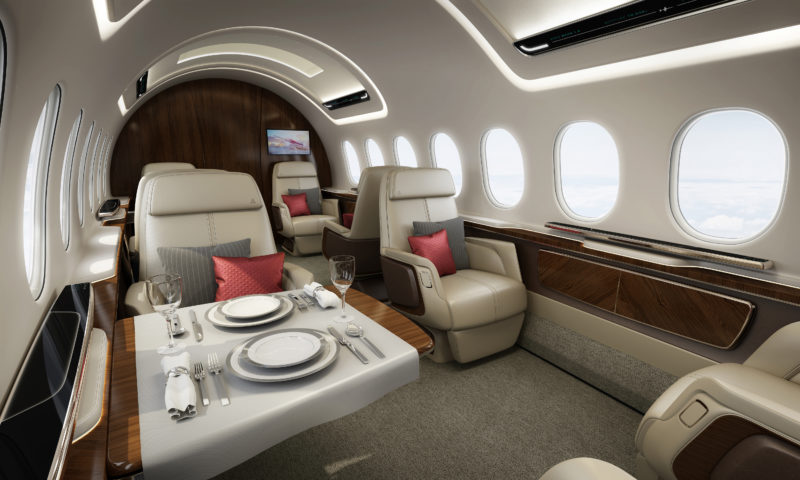
You can watch an overview of the aircraft, including its cabin here:
Steve Nordlund, Vice President and General Manager of Boeing NeXt, reflected on the partnership in the following statement.
“Boeing is leading a mobility transformation that will safely and efficiently connect the world faster than ever before. This is a strategic and disciplined leading-edge investment in further maturing supersonic technology. Through this partnership that combines Aerion’s supersonic expertise with Boeing’s global industrial scale and commercial aviation experience, we have the right team to build the future of sustainable supersonic flight.”
Since its launch in 2014, Aerion has had an interesting partnership lineup for the supersonic business jet project. The launch saw the company partner with Airbus to work on a a new design, however it was announced Airbus dropped out and Lockheed would takeover. Lockheed was officially announced as a partner in 2017, however has also departed with the announcement of this news.
General Electric (GE) will be the engine supplier for the aircraft, launching their Affinity turbofan engine in 2017. The engine completed its its initial design stage in 2018 and will now progress to more advanced stages including prototype production.
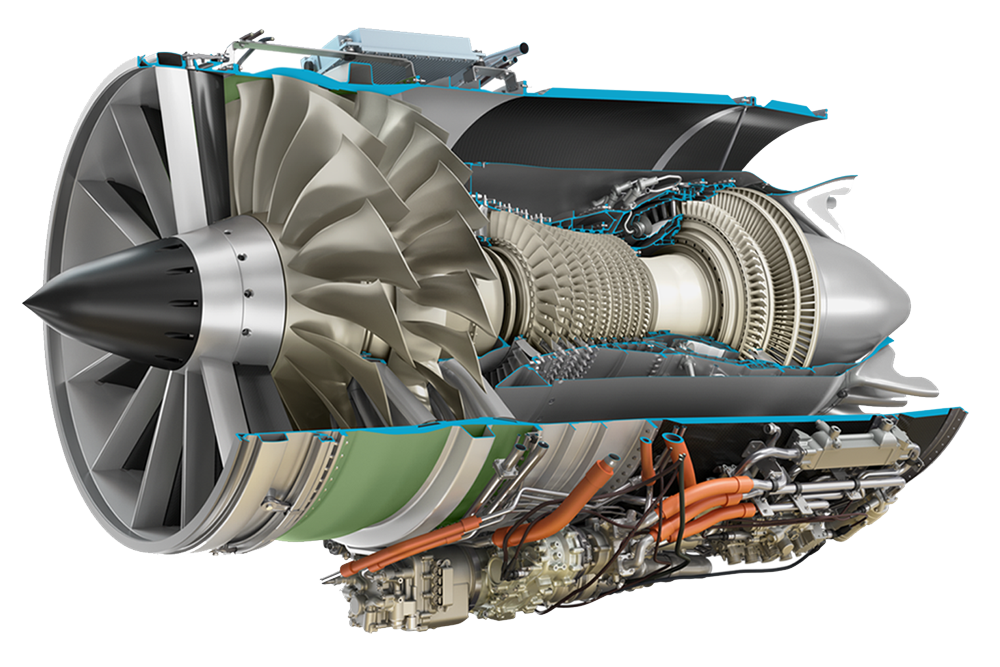
Based of the renowned CFM56 engine that is commonly known for powering the Boeing 737 NG and Airbus A320ceo Families, the engine will not feature afterburners, however will be capable of delivering up to 18,000lbs of thrust.
The following table outlines some key specifications:
| Type | Twin-shaft, medium bypass, non-afterburning |
| Fan Diameter | 1.33m (52in) |
| Maximum Thrust | 80kN (18,000lb) |
| Bypass Ratio | ~3:1 |
At altitudes of 50,000ft, the engine is capable of propelling the aircraft at Mach 1.4 with 3,500lbs (16kN) of thrust. Compared to the CFM56-5 operating at Mach 0.78, the engine uses 50% more fuel. The AS2 Supersonic Jet will be a tri-jet design.
The following video presents a breakdown of the engine:
“Aerion is the industry leader mapping out a successful, sustainable return to supersonic flight. The AS2 is the launch point for the future of regulatory-compliant and efficient supersonic flight. Together with Boeing, we’re creating a faster, more connected future with tremendous possibilities for enhancing humanity’s productivity and potential.”
– Tom Vice, Chairman, President and Chief Executive of Aerion.
Flexjet will be the launch customer for the aircraft, with an order for 20 of the AS2 aircraft. Each listing at $US120 million, the deal is worth $US1.4 billion providing no launch discounts were applied.
Aerion will continue to work hard on the aircraft, utilizing the support they’ll be receiving from Boeing and previous statistics and knowledge from other programs in the military and from the Concorde.
Despite strict noise rules, Aerion is confident they can get the jet off the ground and continue where the Concorde left off.
